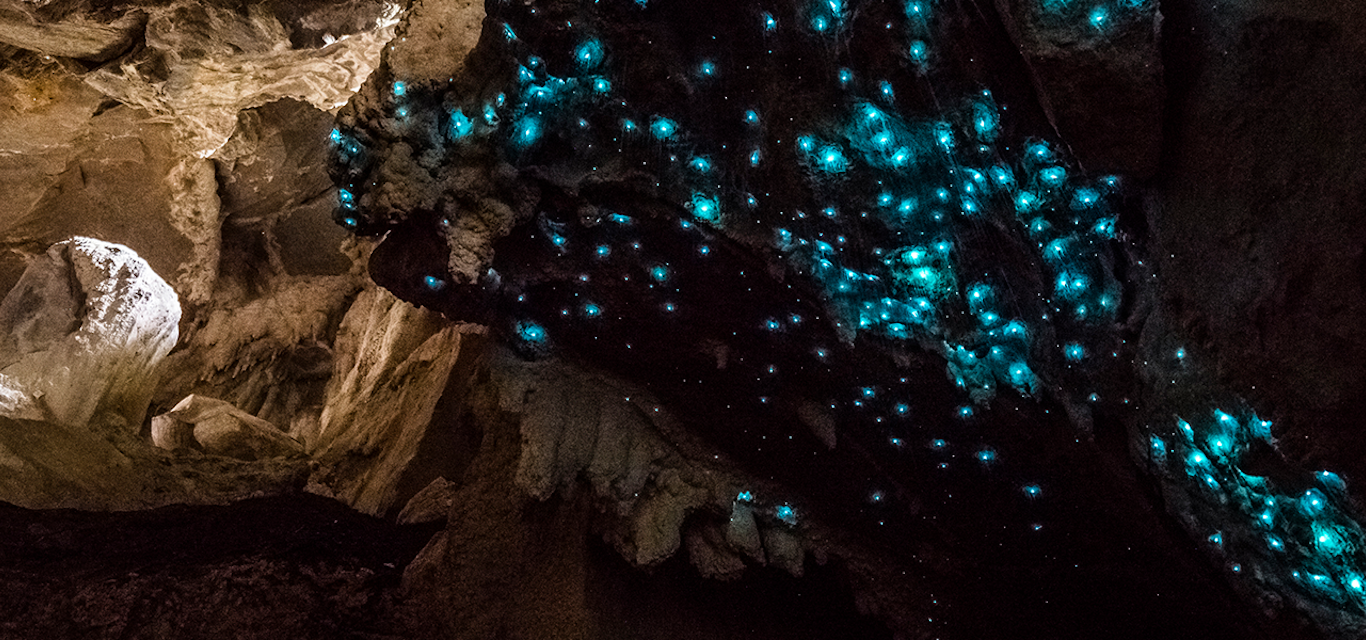Under the Earth: Caves of Tasmania
Tasmania is a significant destination for cave explorers, with some of the deepest and most challenging caves for those who can’t resist the call.
These definitely aren’t places you’ll want to explore alone. They are cold, wet and exceedingly dangerous. They’re also delicate and sensitive places that are easily damaged irreparably. Fortunately, here in Tasmania there are caves of all sizes and geologies that are safely accessible for those who are feeling adventurous.
Limestone
Millions of years ago, seashells and coral accumulated on the ocean floor and, over time, transformed into solid limestone rock. This rock can sometimes be found on dry land, and as water slowly drips and dissolves through, staggeringly complex caves can form.
For stalactites and other beautiful formations, you can visit the limestone caves at Mole Creek National Park near Deloraine in the north. The collection of caves here are famously well-decorated, with intricate twists of rock sculpted by the dissolving calcium rock. If you’re keen to explore a less travelled corner of Tasmania, you can find another area of limestone on a tour of the Gunns Plains Caves State Reserve in the north-west.
Credit: Tourism Australia & Graham Freeman
In the far south, you can take a guided underground tour at Hastings Caves. And, if you’d like a self-guided rainforest walk to an imposing cave entrance, then the Junee Cave near Maydena is worth a look.
If you’d like to explore a natural cave without rails, stairs or fixed lights, then contact Wild Cave Tours in the Mole Creek region. You can safely arrange to explore a labyrinth style cave with several spectacular entrances under the guidance of Deb Hunter, a local speleologist and an expert nature guide. These day trips are the best option in Tasmania for those who are keen for an introduction into wild caving.
For a much more extreme limestone adventure, a week-long trip down the famous Franklin River in the wild south-west will take you to numerous riverside limestone caves. During the warmer seasons, you can enquire with Water by Nature, which organises transport, equipment, wonderful meals, and, of course, expert guides.
At all of these sites, you may be fortunate to see the fantastical blue lights of the glow worms. These fly larvae lure in prey with a cool radiance, and in the complete darkness form a surreal constellation on the cave roof above.
Sandstone
While awe-inspiring, limestone caves are confronting and hostile environments. But there’s another gentler kind of cave in Tasmania that’s surprisingly abundant throughout the south-east: the sandstone shelter. This rock was formed in similar circumstances to limestone, but instead of shells and coral, it was river sediments that turned into layered stone.
Beautifully decorated with swirls of orange and grey, these undoubtedly have been pleasant homes for humans for millennia. The sandy floors are soft and inviting, and in the crevices of the cliffs there are often nests of the beautiful pardalote birds.
One of the best places to explore these caves is at Chauncy Vale in the Southern Midlands. In this private nature reserve, several sandy caves are accessible by an easy mountain trail in dry eucalyptus forests. This spot is famous for being the home and inspiration of Nan Chauncy, author of the Tasmanian adventure story They Found a Cave.
There’s also an option closer to Hobart in the south at Rocky Whelan’s Cave on kunanyi / Mount Wellington. Hidden on a quiet trail halfway up the mountain, this cave offers a fine shelter at the base of a large sandstone cliff.
Sea caves
Tasmania is also blessed with caves formed not by chemical dissolution, but by the pounding of ocean waves. These are found around the east coast in volcanic dolerite rocks and layered sandstones. You can visit Remarkable Cave, a particularly exciting sea cave near Port Arthur where you can look down into a spectacular tunnel that floods with the tide. Just nearby, Devil’s Kitchen and Tasman Arch show a similar geological phenomenon at a different stage of formation.
Credit: Luke Tscharke
You could also take a Pennicott Wilderness Journeys motorboat tour out of Hobart, Port Arthur, or Bruny Island, and enjoy a high-speed journey over deep waters to the base of the Southern Hemisphere’s tallest sea cliffs. Not only are there some amazing caves at their base, but it’s an incredible opportunity to see marine mammals basking on the rocks.
Finally, there are countless nooks and crannies available to the kayaker. If you want the ultimate wilderness sea cave experience, check in with Roaring 40ºs Kayaking and join one of their Southwest Wilderness Port Davey trips to the quartzite cliffs. Weather permitting, you’ll see some of the wildest and remotest sea caves on Earth. There’s also an option much closer to Hobart, which will take you to see the sandstone canyons, cliffs, and caves of the Tinderbox Peninsula.
No matter which geology you are exploring, these caves give you an intimate look inside the dynamic Earth. Before you visit you’ll want to check in with tour operators and the Tasmania Parks and Wildlife Service to see how they are adjusting to the latest requirements for social distancing and visitor safety.
Before you visit
You'll want to check in with tour operators and the Tasmania Parks and Wildlife Service to see how they are adjusting to the latest requirements for social distancing and visitor safety.
